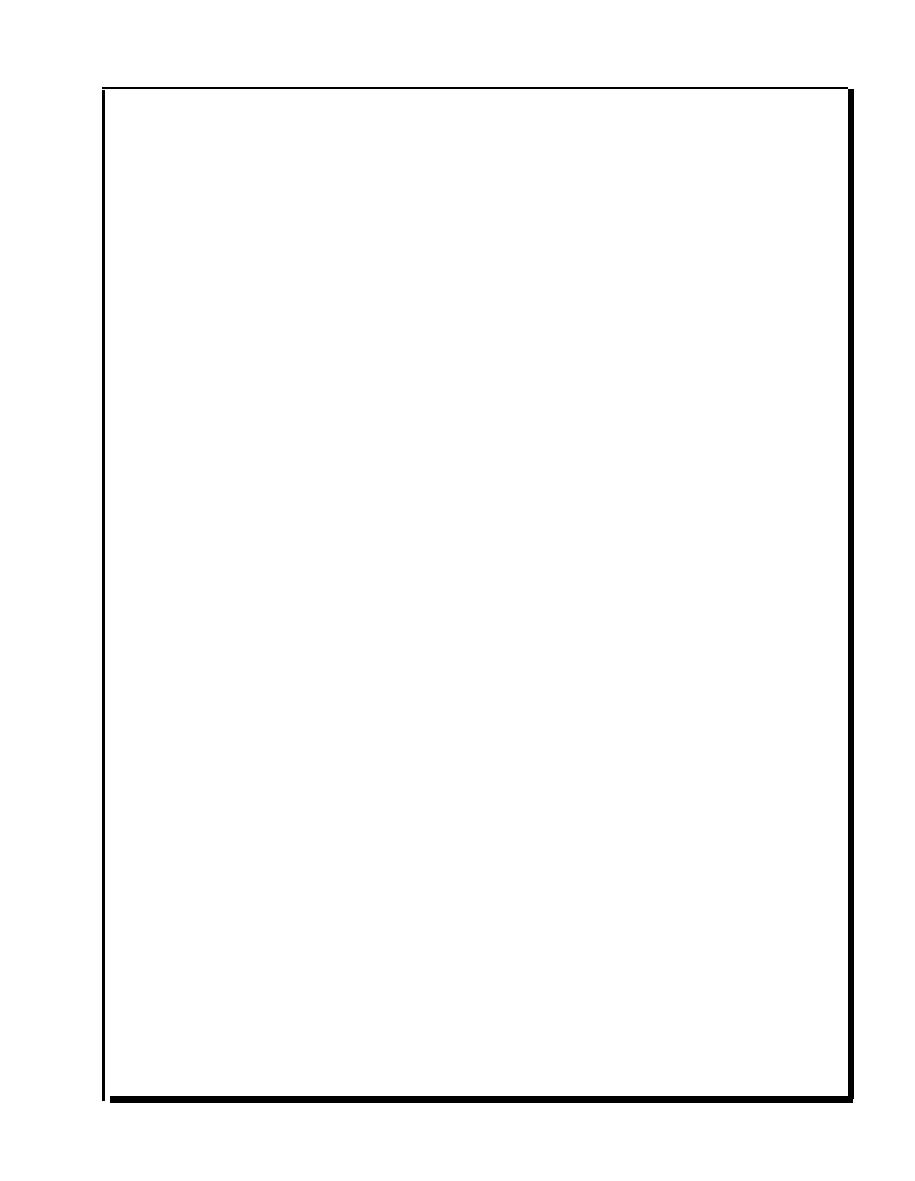

Custom Search
|
|

|
||
 STUDY QUESTIONS FOR MODULE THREE
CHAPTER FOUR
BIRDS
Which of the following is true about pigeons:
1.
A. They prefer flat surfaces for resting and feeding
B. They will feed on rooftops or the ground
C. Feeding, roosting, and loafing sites are usually separate
D. All of the above
E. None of the above
Pigeons usually make a nest of small twigs, straw, or debris on buildings and other structures.
2.
A. True
B. False
Which of the following is true about starlings:
3.
A. They feed at night
B. They may fly up to 30 miles to their feeding sites
C. They usually nest on the ground in low shrubbery
D. All of the above
E. None of the above
Starlings often congregate in large numbers during the winter.
4.
A. True
B. False
Which of the following is true about house sparrows:
5.
A. They are nervous around people and will not nest in high-traffic areas.
B. They often create fire hazards by nesting inside transformers and power stations
C. They prefer to feed on small grains but will also feed on garbage
D. All of the above
E. `B' and `C'
The house sparrow was introduced into the United States, and is not a native bird.
6.
A. True
B. False
The most serious health risk from pest birds is
7.
A. Disease transmitted by ectoparasites
B. Inhaling disease organisms from their droppings
C. Food contamination
D. There are no serious health hazards associated with pest birds
Bird control is regulated under which of the following laws or regulations:
8.
A. Migratory Species Act of 1918
B. Federal Insecticide, Fungicide, and Rodenticide Act (FIFRA)
C. State and local laws and regulations
D. Endangered Species Act
E. All of the above
Module Three Chapter 4, Pg 11
|
 
|
|
 |
||